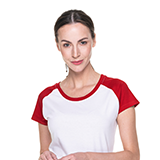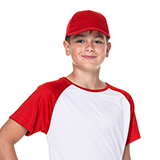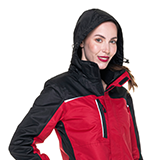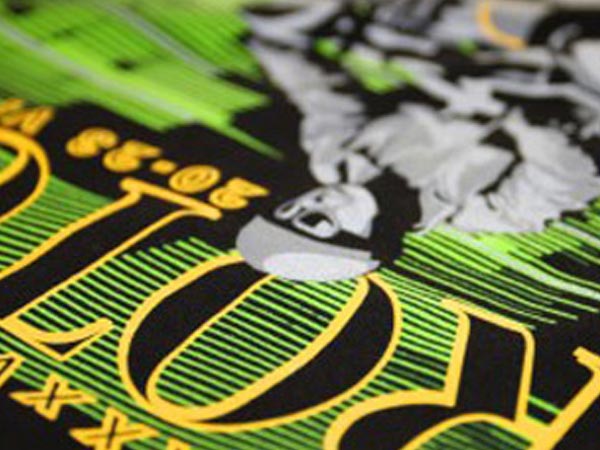
Among all printing methods, screen printing is a technique with the oldest tradition. Experts from around the world differ in their opinions on where it originates from. Some of them claim it goes back to ancient China. Others say it began in 4th-century India or ancient Egypt. Still, everyone agrees it arrived in Europe in the 18th century and was popularized in the 19th century by the world of advertising.
One of the main advantages of screen printing is its high durability. This is the ideal method for prints on both type of fabrics, polyester and cotton. But we have to remember, that is profitable to print on more than 30 pieces. Because the costs of preparing the screens, one for each color, is quite expensive.
There are many things which affect the price. The number of colours is only one of them. What is very important is the colour of the base. For example, if you have white T-shirts and red print, you have to prepare only one screen. But if a T-shirt’s colour is different from white, an extra layer of white ink has to be printed. It is necessary for dark fabric not to absorb the colour.
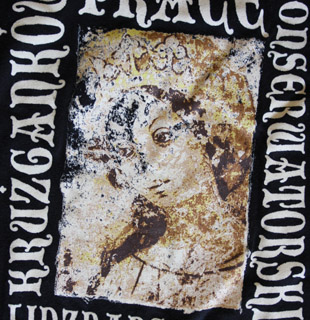 WHAT IN FACTS IS SCREEN PRINTING?
WHAT IN FACTS IS SCREEN PRINTING?During this process, ink is pushed through a mesh screen or stencil and spread with a squeegee on fabric. a Separate screen has to be made for each colour. It means the colours are applied on particular layers.
This process is sometimes called “silk screening” or “silk screen printing”. While the printing process is always quite similar, creating the stencil is depends on the material used. For example, stenciling techniques include masking areas on the screen with tape, vinyl or painting the stencil onto mesh using screen blockers (glue or lacquer) as well as using light-sensitive emulsion to create the stencil.
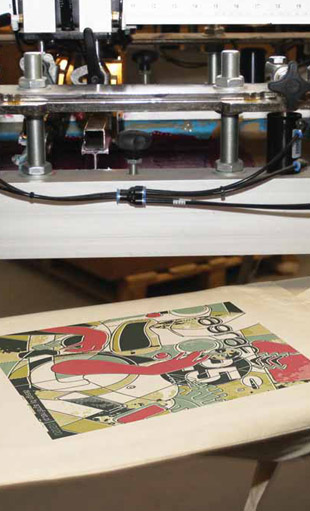 ON YOUR MARKS, GET SET, GO!
ON YOUR MARKS, GET SET, GO!It is your head where each project starts. Later on, you have to materialize the idea. In this case, first you have to create the artwork. Screen printing is a method which requires separated colours to be placed on fabric. It means a graphic designer has to prepare a valid image file with programs which allow to separate the colour (Illustrator, Corel but also Photoshop mostly for raster designs).
A vector is a preferred file format to prepare a design. Unlike pixels, vectors are easier to manipulate. However, the main difference is a possibility to resize them without losing quality because the image is made of lines and figures created by mathematical calculations.
Pixels can be used, as well. They are tiny squares of colours which create an image. For example, all digital photos are made of pixels. Still, you have to remember you can’t manipulate them as much as vectors. If you expand them too much, you lose the quality. In order to prepare a raster design whose final print looks like a photo, a pixel technique should be used.
Summing up, the best quality of a picture requires using a vector technique. You have to keep in mind, when files are prepared in a pixel technique, they have to be saved in at least a 300 dpi quality.
Basically, natural fabrics are better than synthetic ones. The reason is simple – their liquid absorption is better. Fabrics made of plastic and foil tend to repel water. This is why, the final result is not as good as it could be. What does it mean? If you don’t know what kind of fabric to choose, stick to 100% cotton. This is an absolute “king” among prints. If you currently don’t have access to 100% cotton, the second best choice is the blend of cotton and polyester – 80% and 20%. There is one thing you have to remember – the more cotton in fabric the better final result.
Obviously, not only the composition of the fabric matters. Keep in mind, that thicker fabrics absorb more ink. As a result, colours are richer and can outlast longer than on thinner materials. The same problem is with finer and shinier fabrics. They absorb less ink and it works “washed out” print.
WHY IS THE INK SO IMPORTANT?
One of the biggest advantages of screen printing is the possibility to choose the ink from a large range available on the market. Unfortunately, most of solvent inks cannot be used straight from a can. Therefore, thinners or retarders have to be added. However, UV inks are mostly ready to be used from a container. Obviously, you can still mix them with various additions such as an anti-slip surface, a resistance to sticky tape or a hardener etc. Sometimes standard inks aren’t enough to meet our expectations. Depending on the expected effect, you can use technical inks. There are standard and non-standard inks and printing techniques:
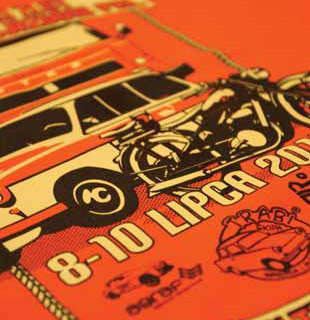 PLASTISOL INKS
PLASTISOL INKSare among the most popular groups of paints nowadays. Standard paints guarantee high durability and great color reproduction. They are resistant to washing in 90°C.
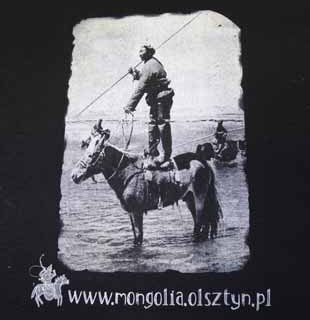 WATER BASED INKS
WATER BASED INKSused to be the most popular ones. They have always been less intensely covering and resistant to washing (up to 60°C) comparing with plastisol inks.
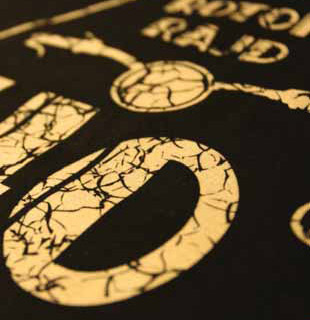 COLOUR REMOVING
COLOUR REMOVINGis an unusual method to whiten the fabric from its colour. Using it, you cannot choose the colour of the print. This is the most durable marking method. Unfortunately, as manufacturers use more and more synthetic additives, the print repeatability cannot be guaranteed.
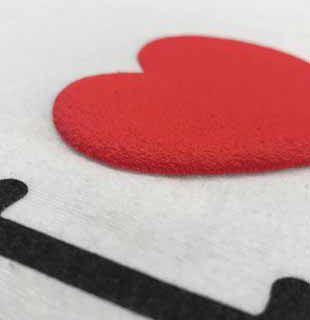 PUFF INK
PUFF INKis one of the ways to receive raised print.
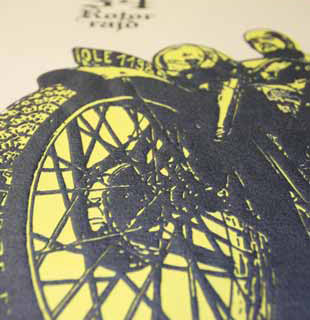 HIGH DENSITY INK
HIGH DENSITY INKgives depth and texture. The final print is raised slightly up to about 3mm above the fabric.
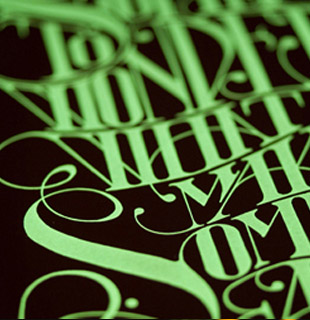 GLOW IN THE DARK INK,
GLOW IN THE DARK INK,as the name suggests, is very visible in the dark. In daylight, it shows its original colour (green, white, yellow or pink).
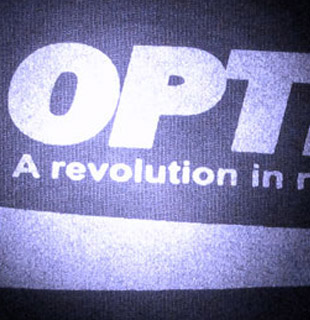 PHOTOCHROMIC INK
PHOTOCHROMIC INKis also called fluorescent inks. Thanks to it, you can get silver or gold print.
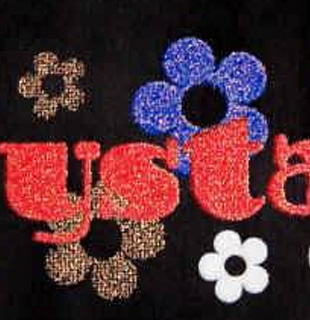 Crystalina
Crystalinais all about the particles in the paint which vary in diameter and give a flickering effect on a transparent substrate.
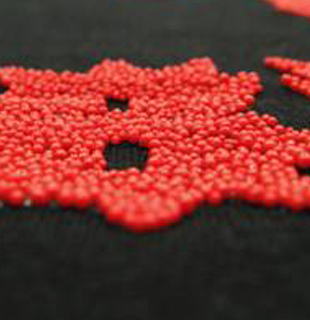 Caviar Beads
Caviar Beadsare tiny transparent balls of various sizes and colours which give an intriguing effect on selected elements of the pattern. Great for creating a mosaic impression!
is high gloss transparent paint which allows you to create small-sized special effects.
makes the print glow.
reflects the light falling on the print. It characterizes with neon colour.
gives a shine effect.
-the print is applied with screen printing on foil or transfer paper. Then the print is welded into the fabric. This technique is perfect for printing in hard-to-reach spots. You can apply more colours than the direct print.
should not be confused with metallic inks. This is a type of sticker pasted permanently onto the fabric. You can combine this technique with screen print and other prints. Foil as stand-alone print cannot achieve great detail.
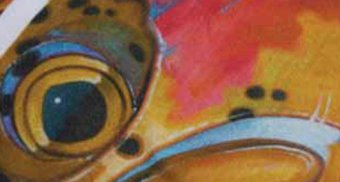
Nieograniczona liczba kolorów, fotograficzna jakość, oraz możliwość wykonania przejść tonalnych to największe zalety druku bezpośredniego. Polega on na drukowaniu wzoru na specjalnej drukarce, w kolorach CMYK plus biel. Nie wymaga przygotowywania matryc. Przeznaczona do niskich nakładów ze względu na stosunkowo wysoki koszt pojedynczego nadruku oraz …
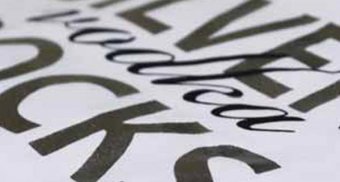
Hot-stamping Hot stamping- (termotransfer,lub hot-print) metoda ta polega na naniesieniu na nadrukowane podłoże specjalnej warstwy klejącej, na której umieszcza się folię hot-stampingową. Następnie, na skutek działania wysokiej temperatury, folia wgrzewana jest w materiał w miejscach, w ktorych miała styczność z warstwą klejącą. Metoda ta stosowana …
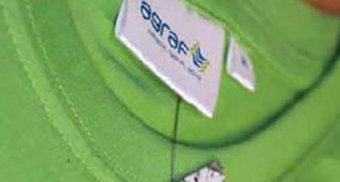
Naszywki tkane lub drukowane. Alternatywa dla naszywek haftowanych umożliwiająca wykonanie mniejszych detali (metki tkane) oraz przejść tonalnych (metki drukowane). Nanoszenie na tekstylia za pomocą naszywania lub transferowania. Metki żakardowe / tkane. Wymiana istniejących metek na metki tkane z logo klienta sprawi, że produkty będą wyglądały …
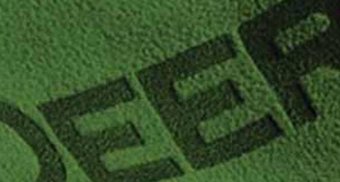
Laser Nowatorska metoda zdobienia tekstyliów zarówno bawełnianych jak i poliestrowych, np. softshelli, Tshirtów lub polo. Pozwala na przechodzenie wzoru przez szwy, zamki, kieszenie oraz wykonanie wielkoformatowego zdobienia. Dżety Szklane lub metalowe dżety naniesione na wybrane elementy wzoru lub całe logo nadają koszulce modny i efektowny …
